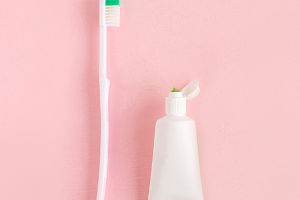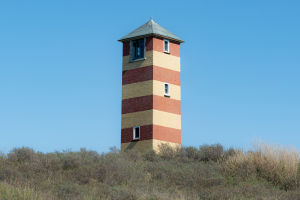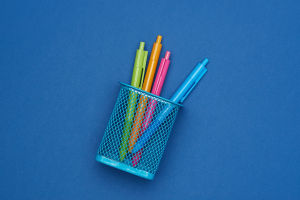Disposable paper cups are convenient. Whether you're grabbing coffee on your way to work or picking up a drink at your favorite cafe, these cups are everywhere.
However, the environmental cost of disposable cups is often overlooked. While they seem like a harmless part of our daily routine, their impact on the planet is far from insignificant.
The Problem with Paper Cups
While paper might sound environmentally safe, the plastic lining inside disposable cups is what causes the biggest issue. This thin plastic layer, usually made of polyethylene, prevents liquids from seeping through, but it also makes cups difficult to recycle. Recycling centers are often unequipped to separate the plastic from the paper, leading to most cups being sent to landfills.
To make matters worse, billions of these cups are used each year. In the U.S. alone, an estimated 50 billion disposable cups are used annually. Most of these end up in landfills where the plastic takes hundreds of years to break down, releasing microplastics into the environment. This accumulation of plastic waste is a serious problem, particularly in oceans, where it affects marine ecosystems.
Manufacturing's Environmental Cost
The environmental impact doesn't stop with waste. Producing paper cups also contributes to deforestation. Most disposable cups are made from virgin paper, meaning trees are cut down specifically for their production. This has a direct effect on forests, biodiversity, and carbon absorption.
The process of turning trees into paper requires enormous amounts of water and energy. For example, producing just one paper cup can use as much as 30 liters of water, a striking figure when multiplied by billions of cups.
Plastic Lids and Their Role
Plastic lids, often overlooked, also play a part in the environmental burden of disposable cups. These lids are made from hard-to-recycle plastics like polypropylene. Much like the cups themselves, they frequently end up in landfills or the ocean, where they break down into harmful microplastics. Marine animals often mistake these small plastic fragments for food, which leads to injury, ingestion, and even death in some cases.
Finding Solutions
To address this environmental challenge, a practical solution is opting for reusable cups. More cafes are urging customers to bring their own, often sweetening the deal with discounts. Stainless steel, glass, and bamboo cups make great sustainable choices, offering durability, easy maintenance, and a long lifespan—helping significantly cut down on waste.
Another potential solution is the rise of biodegradable and compostable cups. However, these options come with their own challenges. For them to break down properly, they need to be disposed of in industrial composting facilities, which are not available in every area. When these cups end up in regular landfills, they don't degrade any faster than traditional paper cups.
The Power of Small Changes
It's easy to feel overwhelmed by the environmental challenges posed by disposable cups, but small changes can make a significant difference. Bringing a reusable cup to your local coffee shop is one simple but effective step. Some cities are even beginning to introduce regulations or fees to reduce the use of disposable items.
Many companies are also exploring new materials and more efficient recycling methods. However, until systemic change occurs, individual actions—like choosing reusable over disposable—remain essential.


